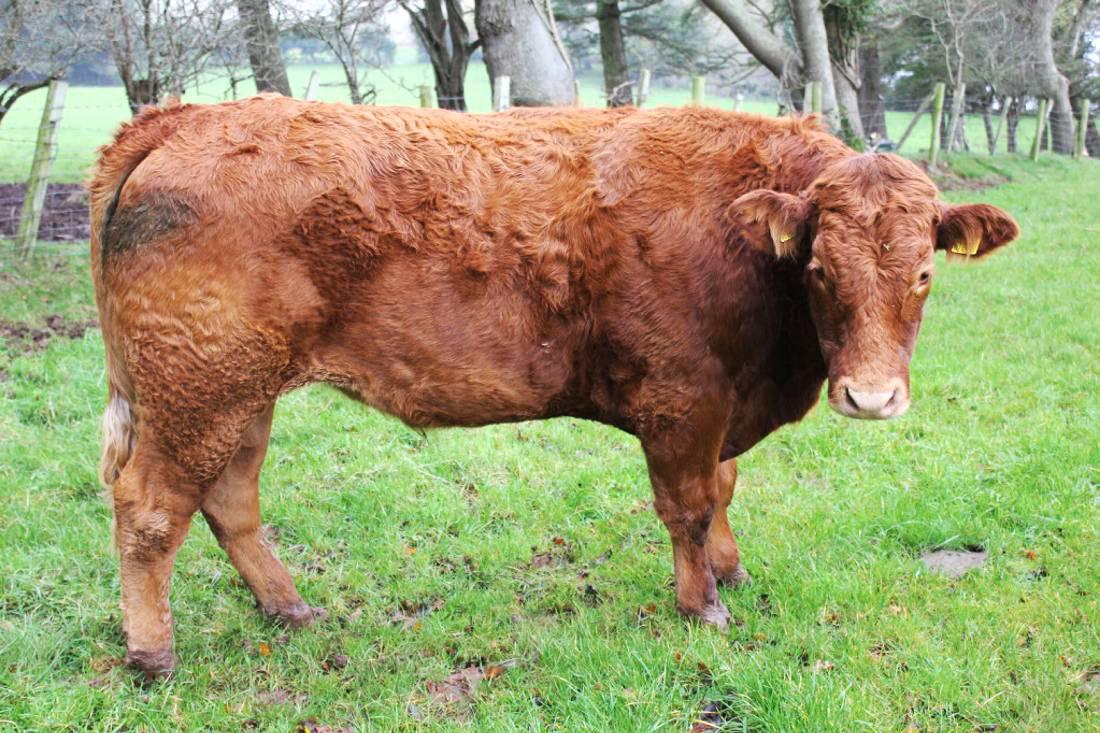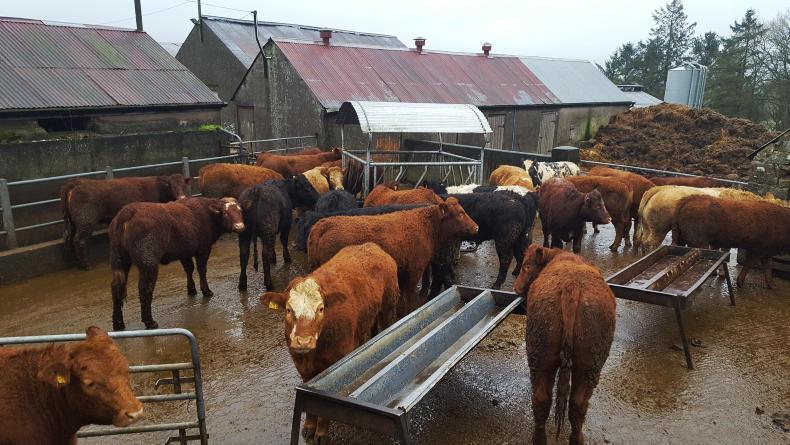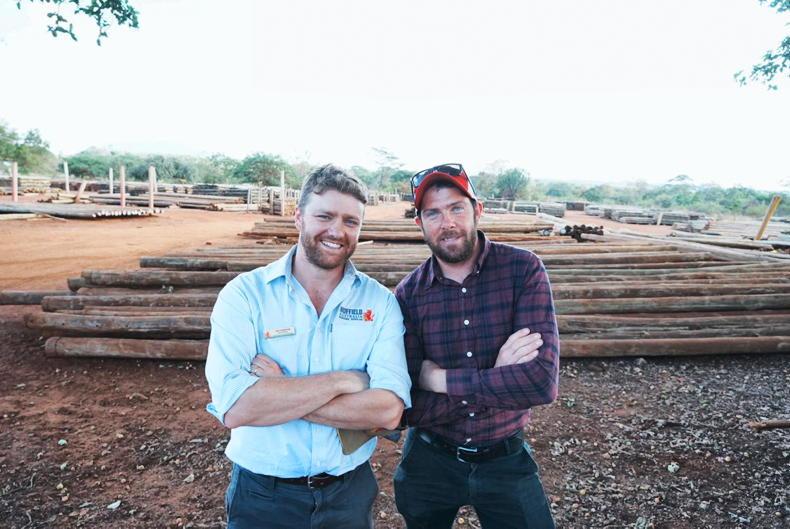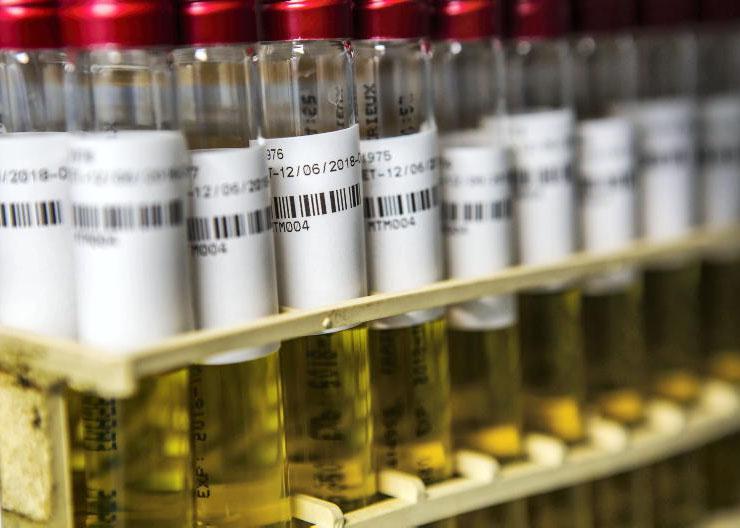With all of last year’s beef cattle long gone, I recently took a bit of time to work out the overall physical performance. This should not be confused with the benchmarking, which offers an insight into some of the physical elements, but mainly concentrates on the financial end of the equation.
At this festive time of the year, I thought it inappropriate to depress myself with the exact detail of how little money the beef cattle made, so decided to opt for the more cheerful liveweight gains.
The average daily liveweight gain was 0.76kg. This is marginally higher than a five-year average for this farm, and tells me that by continuing to do the same thing (with a similar type of animal) year on year, I have no right to expect a differing result. However, there is still a bit of devil in the detail.
The winter performance fell just short of 0.5kg of gain per day. At grass, growth probably averaged about 1kg per day, due in part to the effect of compensatory growth. I can’t be completely accurate with these figures since some of the finished cattle were on conacre land and moved directly to slaughter without being weighed. Therefore, I have assumed killout percentages, and estimated liveweight at slaughter, from this carcase data.
Over a period of six years, my store to beef enterprise has varied from 0.7kg to 0.76kg of daily liveweight gain. It is interesting to note how little this statistic varies over the years. My conclusion is that without huge swings in the weather, this figure would be even narrower. Of course, the great leveller in this equation is concentrate input. For instance, this year, no extra meal feeding was needed to maintain weight gains during the spring and summer. During spells of wet weather, I have found it necessary to feed cattle at grass for a few weeks.
A total concentrate usage of 340kg per head will be lower than the average for this farm. This doesn’t really much point to a great bit of management by me; rather, it is a sign of decent silage, followed by a reasonable summer’s weather. In addition, the lower carcase weight limits have reduced the heavy feeding during the autumn – again, something that I can’t really claim many accolades for.
Moving away from averages and into the individual figures is always fascinating but, ultimately, a bit pointless, since I have no way of working out which bullocks will be the star performers before I buy them. This occurs every year, and, once again, I have been pleased with the growth rate of the good ones, and hugely disappointed at the other end of the scale. My best animal gained exactly twice as much weight as the worst one, despite receiving identical treatment all year.
If I select the best animal, he weighed 430kg on New Year’s Eve last year. He went to grass on 14 April 2014, weighing 504kg (0.7kg daily liveweight gain) and was killed in mid-October, weighing 760kg (1.42kg daily gain at grass). It possibly goes without saying that he was a U3.
That has to be balanced against another decent- looking steer that also weighed 430kg at the end of December 2013. However, he put on just 14kg in the house, and refused to play the compensatory growth card at grass. I had to let him run over 30 months, just to get him into an acceptable weight, and he went away among the tail-enders towards the end of November. His carcase weight of 376kg (R3) would suggest a liveweight of 670kg, which points to a liveweight gain at grass of just 0.7kg/day. His overall performance was a mere 0.5kg/day.
I have filled up the shed again with stores for finishing next summer. Quality is higher than last year, and they are possibly the best batch of cattle I have had around me, but time will tell.
I suppose the aim should be to achieve higher weight gains (above the 0.7kg daily gain barrier for this farm), but I really don’t see how this is feasible without dipping more heavily into the meal bag. So, as things stand, it’s going to be ‘‘more of the same please’’.










SHARING OPTIONS